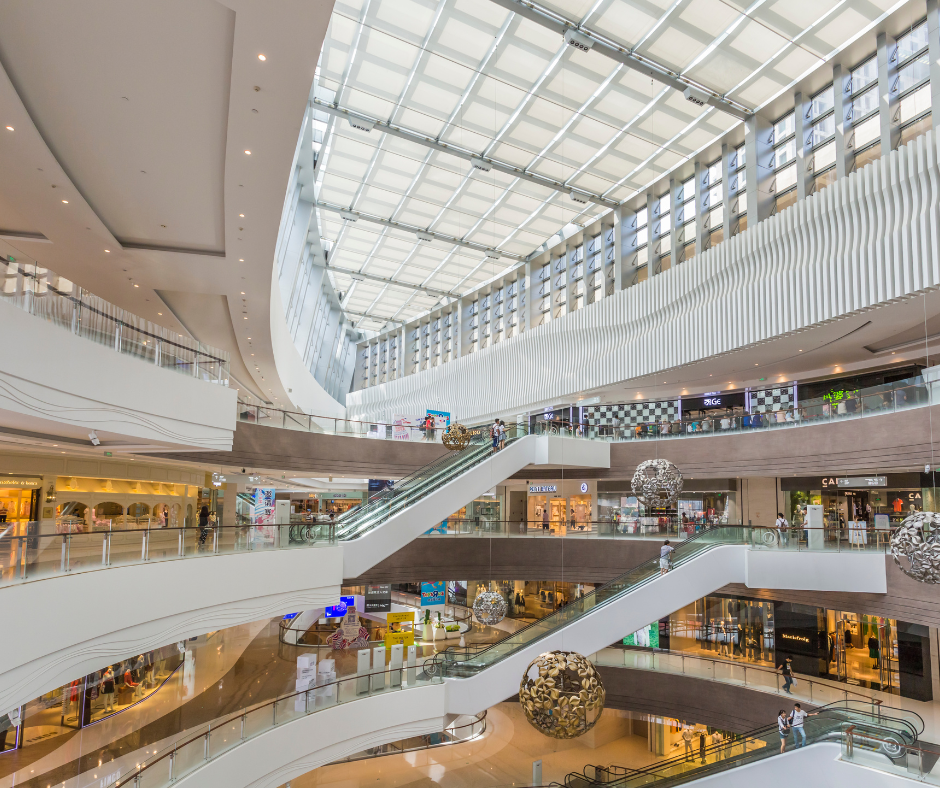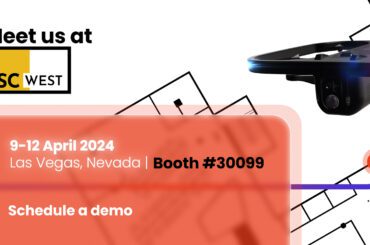There are few settings less stimulating for a security guard than a foot patrol through a large, unchanging, empty space. One can imagine the “been-there-done-that” sigh of a guard setting out on a 3 a.m. walking through an empty mall, observing — as he expects and hopes — nothing but empty fountains, shuttered juice stands, and silent store window mannequins watching as he strolls past.
Aside from a classic break-in through one of the mall’s many doors, vents, and windows, a crowded, multi-zone complex is difficult to empty each night. Someone looking to steal, damage, or leave graffiti will often hide out in a closet, restroom, or quiet back area until the coast is clear.
Now let’s think about the cost of this guard to the mall — whether it employs him directly, or works through a security company who is essentially being paid to supply the guards and manage the paperwork:
- Gaps in coverage: The guard is not always out on the floor; he works at a schedule that gives him breaks to rest — and leaves the mall unguarded, often at fairly consistent times.
- The cost of overhead: Guards take restroom and meal breaks as well, usually work only five days a week, and are entitled to paid vacation time. This is all essentially time the mall is paying for and getting nothing in return.
- “I’m only human”: A person can only be in one place at a given time. Even with a number of guards patrolling at once, an intruder who has studied their schedule and repeated movement patterns can easily avoid detection.
- Inefficiency: Foot patrols are slow, with the average guard walking a few miles an hour. Even the ubiquitous mall escalator creeps along as it moves from floor to floor.
- Memory loss: If damage or theft is indeed discovered at any point at night or the next day, the guard will be challenged to remember what he saw and when. Logs of patrols will likely only indicate that one occurred rather than a detailed account of everything he saw.
- Retention and Training: Security is a sector with high turnover. Each new guard needs to become familiar with the facility, its policies, and trained to handle all probable scenarios. It’s an expensive, non-stop process unfortunately accepted as “the cost of doing business.”
- Sightline and condition limits: A guard walking at ground level cannot see into dark, unlit corners or behind obstacles. And remember, his job is not only just about human-driven risks: he also, of course, cannot see a temperature spike or a water leak that’s not nearby and well lit.
The obvious question: “Can’t a fleet of mounted cameras and a wall full of security-room screens solve most of these problems?” While certainly providing some coverage, the drawbacks of static cameras are numerous:
- Cost effective? Not so much: Especially in the days of supply chain challenges, this massive collection of electronics is expensive to purchase and upgrade, not to mention install, wire and maintain.
- They are, well, static: This means that any criminal element planning mischief or burglary will, in planning, mark the locations of the cameras to avoid: walking under, around, or far from them. They may also cover or disconnect them.
- Someone’s got to watch: A massive “mission control” wall of cameras has got to be manned by live security guards, who simply cannot take their eyes off the screen (for a brilliant fictional example of circumventing this challenge, see this clip of a recent Better Call Saul episode). Often, the screens jump from camera to camera because there are so many, and this repetitive process is hard to follow attentively all shift long.
- They can’t communicate or respond to changes in instructions: A camera is a “dumb” device that simply transmits what it sees. It doesn’t automatically send an alert, can’t recognize specific activity as suspicious, and can’t move around for a close look. As a first level of security, this is fine. But once a curious sighting appears, it cannot help.
Solving it all with one approach
The answer, of course, is an indoor surveillance drone. An airborne drone can fly swiftly throughout the facility — both in the large, cavernous, unobstructed empty space (which, to anthropomorphize, is its “happy place”), or even in the back areas – hallways, storage areas, and loading docks. The advantages systematically eliminate the concerns above:
- Futureproof: Updating a drone’s software – or even a sensor – is quick and easy, allowing you to keep the drone for an extended period.
- You aren’t paying for downtime: Drone fleets can fly 24/7, automatically docking in charging stations (ours, called Tile™, are conveniently ceiling-mounted) when their power runs low. No vacations. No restroom breaks. No coffee stops.
- A fraction of a human salary: At a modest hardware cost for an automated security robot, the capital expenditure for each drone is a single-digit percent of a human salary – making it a no-brainer to fly an entire fleet for enhanced, comprehensive coverage. Indeed, your patrols can easily be “in more than one place at a time.”
- Super-human powers: A security patrol robot drone can whiz along recording everything it sees with hi-res cameras, with sensors to detect unusual heat or moisture. For large, multilevel malls, a moving between floors takes literally a second, with no need for elevators or escalators.
- Everything is logged: A recording of the commercial security drone’s flight can be saved and referred to, in the event that an episode is only discovered later.
- Designed to be interactive: Like most autonomous security robots, a drone can send an alert — both to your now more modestly sized local team and to management offsite at home — when a problem is detected. It can be sent for another look, or a closer look. It can even leverage AI to differentiate between when it “expects” to see and what’s there.
In short, indoor drone security is efficient, cost-effective, and introduces new capabilities that security guards simply cannot offer. While not currently intended to fully replace a human team, it can augment their capabilities and reduce the chance for human error – and the expensive repercussions.






